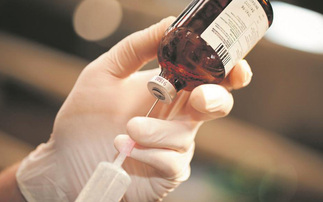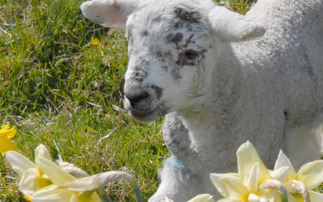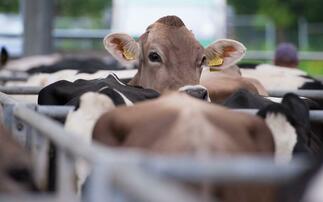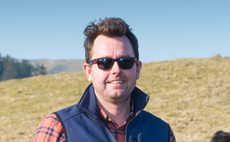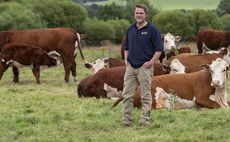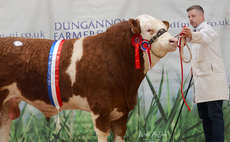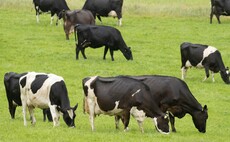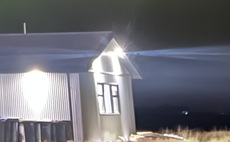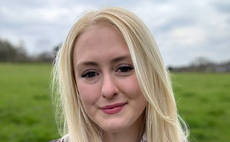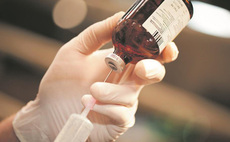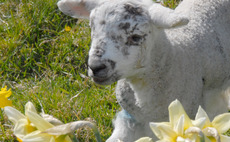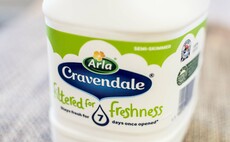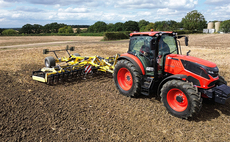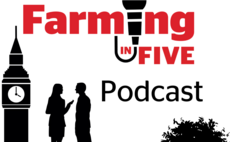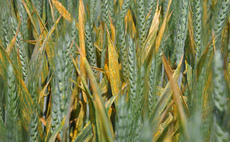
Showing is an enjoyable busmans holiday for the Mungo Bryson family, who will be returning to exhibit dairy cattle at AgriScot this year from the farm in Mauchline. Wendy Short finds out more.
Travelling to AgriScot from Whiteflat Farm, in Mauchline, Ayrshire, will be Mungo Bryson and his family, who this year will be showing a couple of home-bred females from the Whiteflat herd.
And it is sure to be a family affair with Mr Bryson, who farms in partnership with his son, Callum, explaining that the whole family come together to assist with cattle showing.
Day-to-day sees Mr Brysons wife, Fiona, working off the farm, while their son Alistair, an accountant, takes a great interest in the unit and milks the cows once a week, and daughter Lauren works with children.
Interest
Pedigree breeding gives the Brysons an additional interest in the farm, says Mr Bryson.
Studying pedigrees and finding the right sire for an individual female creates an extra dimension to the work, as opposed to simply milking the cows every day and looking at finances, he says.
Watching a calf being born and following its development is very interesting, especially if it grows up to be something a bit special. The showing element gives us an opportunity to socialise with like-minded people.
The pedigree side is also good for business, as it greatly increases the value of our livestock. In fact, a pedigree can be worth as much as the animal itself. We have sold bulls up to 4,000 and that makes a valuable contribution to our income.
First on the AgriScot team this year will be Whiteflat Jordy Lizzie, a VG88 female by Cycle McGucci Jordy which won the breed championship in the red and white lines at this years Royal Highland. Its granddam, West Mossgiel Lizzie 65, by Willsbro Red Razzle, was purchased for 5,000gns at a West Mossgiel sale.
The second is Whiteflat Magic Martha 2, by Brieryside Magic. The recently-calved heifer has 87 classification points and features in the catalogue for the Borderway Black and White Sale at Carlisle in December.
The most prolific show winner for the family to date is the dam of Whiteflat Magic Martha 2. The tenth lactation Ayrshire, Changue Martha 49, by Changue Stadium, was purchased privately in 2014.
The EX95 cow has been in the ribbons on several occasions, twice taking the breed championship at Ayr Show and UK Dairy Expo and once at the Royal Highland, as well coming reserve in its class at a previous AgriScot.
Pride
A livestock breeder will always have the greatest pride in stock which are born on the farm, and Mr Brysons finest moment to date came at this years West of Scotland Holstein Club charity competition.
Cattle from his home-bred team were placed in the top three across all classes and won the overall points trophy as a result. The event raised 63,000 for cancer charities and to support young cattle breeders.
But for Mr Bryson, there is one burning ambition that has yet to be achieved in the showring.
It would be very nice to win an overall dairy championship at a prestigious show like AgriScot or the Royal Highland, he says.
Nevertheless, I am delighted with our achievements to date. I am certainly not complaining, but pedigree cattle breeding is all about the striving to improve the cattle; winning awards is the icing on the cake and it helps to confirm that the breeding policy is going in the right direction.
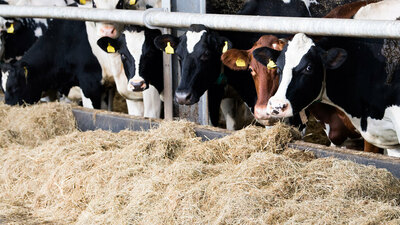
The 200-cow Whiteflat herd has a 10,400kg yield average on three-times-a-day milking, at 3.8 per cent butterfat and 3.2 per cent protein.
Black and white Holsteins make up the majority and are milked alongside the red and white Holsteins, which come from a cross-breeding programme using genetics from the small pedigree Ayrshire herd.
Genetic
Some of the herds top cows have been flushed with the aim of speeding up genetic progress, and the introduction of genomic testing is under review.
The current system contrasts sharply with the management of the farm pre-expansion in 2006, when the family milked 100 cows twice daily.
Yields in those days averaged 6,500kg, but the purchase of the current Westfalia 22:22 herringbone parlour cut milking times significantly and allowed the move to a three-times-a day regime. This has brought a significant reduction in the stress levels of the cows, says Mr Bryson.
The family has considered the installation of robotic milking machines in the cubicle housing, but believes it would not suit the management system.
I have always felt that it is better to see the cows at close quarters three times a day and administer any treatments at the same time, he says.
That way, the job is done at the end of the last milking, whereas with robots I feel the farmer is on constant high alert for any problems which might occur.
My views on parlour milking have been reinforced in recent months with the sharp rise in energy costs; it is my understanding that robots use a lot of electricity.
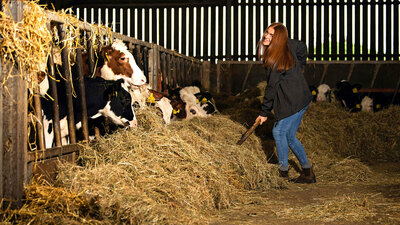
Sexed semen is used across the herd with the exception of the lower end, which are put to a British Blue bull via artificial insemination.
Breeding programme
The breeding programme relies on bloodlines from some of its best cow families, which include Anita, Lizzie and Martha in the red and white section and Dellia, Honey and Margot among the Holsteins.
Females from two or three new families are purchased every year and Mr Bryson derives great pleasure in watching their effect on the herd; always hoping that he will find a new star performer.
The high-yielders are fully housed and the low yielders graze from the end of April until October, weather permitting.
The farm is within a high rainfall area and therefore perennial ryegrasses predominate in the five- to six-year reseeding programme, due to their durability.
Some four cuts of silage are taken annually, usually every 32-35 days over the season. Meanwhile, the feeding regime is based on a total mixed ration containing grass silage, a purchased protein blend and home-grown, crimped barley, while concentrates are fed to yield in the parlour up to a maximum of 8kg.
And the business is set for the future too, with a viable number of cows and sufficient slurry storage for six months, says Mr Bryson.
We were fairly content with the way things were going after a difficult two years or so, when we were worried about the impact of the coronavirus pandemic. However we could not have imagined that the cost of inputs would rise so dramatically and within such a short time. Our returns will have to keep pace in order to maintain our profitability.
The farm has a special milestone to mark this year, although Mr Bryson admits he has yet to organise a celebratory event and time is running out.
The Brysons have been at Whiteflat for 200 years, he adds.
The farm was taken on a 99-year lease in 1822 and the holding was purchased when the agreement ended.
We milked Ayrshires for many years before introducing the Holstein and we enjoy keeping both breeds. We are keeping our fingers crossed for AgriScot, it would be very satisfying to receive a placing, he says.
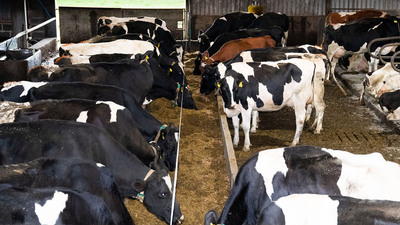
Farm facts
- 146 hectares (380 acres) owned, with a further 65ha (160 acres) rented
- The soil type on lowland holding is a medium loam
- Mungo and Callum Bryson manage the cows with help from one full-time staff member, plus a relief worker for night milking
- Milk is sold to Muller
- Heifers are calved at two years
- Beef calves are sold at 500-600kg as forward stores









